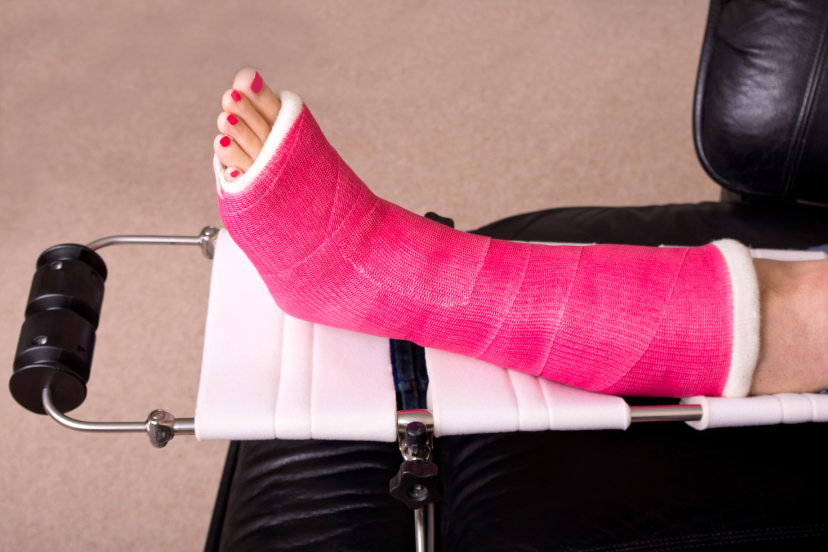The Lowdown on Fragility Fracture Risks
Introduction: Understanding Fragility Fracture Risks
Welcome aboard! Today, we’re delving deep into the world of fragility fracture risks. But before we dive in, let’s clear the air. What exactly are fragility fractures, and why should you care? Well, buckle up because we’re about to embark on an enlightening journey where we uncover the ins and outs of fragility fractures and how you can protect yourself from them.
What Are Fragility Fractures?
Picture this: you’re going about your day, perhaps taking a leisurely stroll or reaching for a jar on the top shelf, when suddenly, snap! You feel a sharp pain, and before you know it, you’re nursing a fractured bone. But here’s the kicker – the force required to cause such a fracture is minimal, often stemming from activities of daily living. That’s the essence of fragility fractures – fractures that occur from minor trauma or even no trauma at all. They’re like stealthy ninjas, striking when you least expect it.
Understanding Fragility Fracture Risks
Now that we’ve got a handle on what fragility fractures entail, let’s delve into the nitty-gritty of their risks. Knowledge is power, after all, and arming yourself with information is the first step toward safeguarding your skeletal health.
Age: A Major Player in Fragility Fracture Risks
They say age is just a number, but when it comes to fragility fractures, it’s a significant one. As we age, our bones undergo changes, becoming less dense and more prone to fractures. Fragility fractures often rear their head in older adults, with the risk increasing exponentially past the age of 50. So, if you’re on the other side of the half-century mark, it’s time to give your bones some extra TLC.
Gender Disparities in Fragility Fracture Risks
Here’s a sobering fact: women are more susceptible to fragility fractures compared to their male counterparts. Why? Blame it on biology. Women tend to have lower bone density than men, especially after menopause when estrogen levels plummet. This puts them at a heightened risk of fragility fractures, particularly of the hip, spine, and wrist. Ladies, consider this your cue to double down on bone-strengthening activities.
Nutritional Deficiencies: A Recipe for Fragility Fractures
You are what you eat, or so the saying goes. And when it comes to bone health, nutrition plays a starring role. Inadequate intake of calcium and vitamin D can spell trouble for your bones, leaving them weak and susceptible to fractures. So, if you’ve been skimping on dairy products and sunshine, it’s time to rethink your dietary choices. Remember, strong bones start from within.
Lifestyle Factors: Walking the Tightrope of Fragility Fracture Risks
It’s not just genetics and aging that influence fragility fracture risks – lifestyle factors also come into play. Smoking, excessive alcohol consumption, and a sedentary lifestyle can all take a toll on your bones, increasing the likelihood of fractures. It’s a stark reminder that the choices we make today can impact our skeletal health tomorrow. So, put down that cigarette, trade your couch time for a brisk walk, and toast to healthier bones with a glass of milk instead.
Medical Conditions: Unraveling the Connection to Fragility Fracture Risks
Certain medical conditions can pave the way for fragility fractures, acting as silent accomplices in weakening your bones. Conditions like osteoporosis, rheumatoid arthritis, and hyperthyroidism can compromise bone strength, making fractures more likely to occur. If you’re living with any of these conditions, it’s crucial to work closely with your healthcare provider to mitigate your risk and fortify your bones against potential fractures.
Medications: The Double-Edged Sword of Fragility Fracture Risks
Believe it or not, some medications intended to heal can also harm when it comes to fragility fractures. Long-term use of corticosteroids, certain antidepressants, and proton pump inhibitors can weaken bones over time, increasing the risk of fractures. It’s a classic case of the cure being worse than the ailment, underscoring the importance of vigilant medication management and regular bone health assessments.
Frequently Asked Questions About Fragility Fracture Risks
1. What are the most common types of fragility fractures?
Fragility fractures most commonly affect the hip, spine, and wrist, though they can occur in other bones as well.
2. Can fragility fractures be prevented?
While fragility fractures can’t always be prevented, lifestyle modifications, proper nutrition, and bone-strengthening exercises can help reduce the risk.
3. Are fragility fractures more common in men or women?
Fragility fractures are more prevalent in women, primarily due to factors like lower bone density after menopause.
4. How can I improve my bone health and reduce fragility fracture risks?
Incorporating calcium-rich foods, getting adequate vitamin D, engaging in weight-bearing exercises, and avoiding smoking and excessive alcohol consumption are key strategies for improving bone health.
5. What should I do if I’ve experienced a fragility fracture?
If you’ve experienced a fragility fracture, it’s essential to seek medical attention promptly to assess the extent of the injury and develop a treatment plan to prevent future fractures.
6. Are fragility fractures always painful?
Fragility fractures can vary in severity, with some causing significant pain and others presenting with milder discomfort or no pain at all. It’s essential to seek medical evaluation for any suspected fracture, regardless of the level of pain.
Conclusion: Navigating Fragility Fracture Risks with Confidence
And there you have it – a comprehensive guide to understanding and navigating fragility fracture risks. Armed with this knowledge, you’re better equipped to take proactive steps toward preserving your bone health and reducing your risk of fractures. Remember, when it comes to your skeletal well-being, prevention is key. So, here’s to strong bones, resilient bodies, and a future free from fragility fractures. Stay informed, stay active, and stay bone-healthy!




